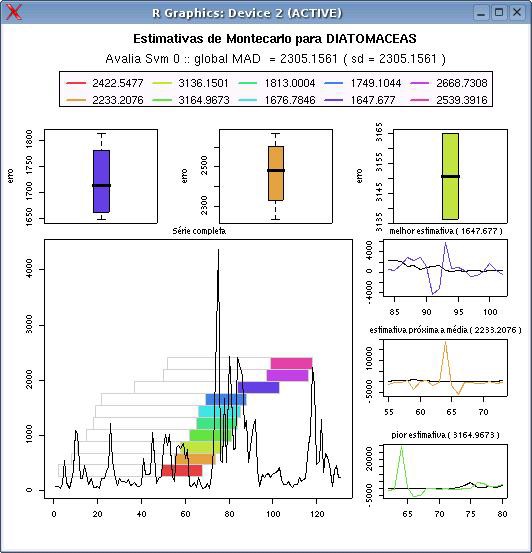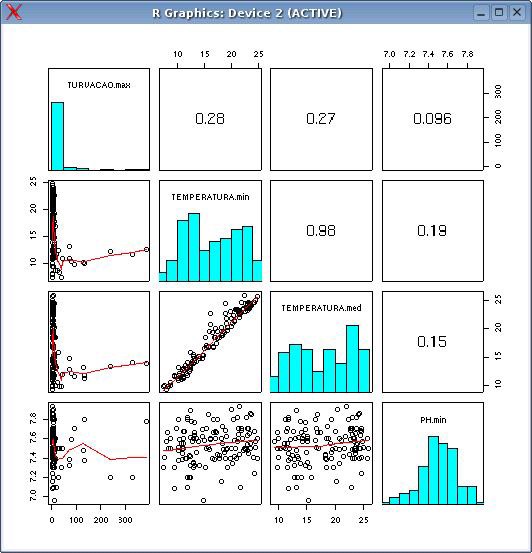MODAL

Project ID Card
- Principal Investigator: Luis Torgo
- Hosting Institution: LIAAD, INESC, Portugal
- Funding Agency: FCT (Portuguese Science Foundation)
- Project Duration: 2004 – 2006
- Budget: 33 kEur

Project Summary
This project has as main objectives the application, comparison and adaptation of several modelling techniques to the problem of predicting harmful algal blooms in the hydrographical bay of river Douro, namely in the reservoir of the Crestuma-Lever dam. This is a prediction problem with strong social-economic impacts in the metropolitan area of Porto because most of the drinkable water in this region comes from this dam. The occurrence of abnormal amounts of certain species of phytoplankton may be associated with euthrofisation and may lead to serious risks in terms if public health. The early forecast of these phenomena is essential for taking preventive actions that may avoid their undesirable consequences.
This project will integrate different approaches to this prediction problem. Namely, classical techniques from ecological modelling will be compared with Artificial Intelligence (AI) methods. These latter approaches will be used not only as an alternative to the classical models, but also as a form of correcting eventual failures of these models, namely in terms of parameter adjustment and also in perfecting the used differential equations so as to provide a better data fitting. Regarding this latter use of AI modelling techniques, the project will use relational learning models that are able to easily incorporate domain knowledge as a search bias towards the construction of the models. Models will be developed that are able to integrate existing knowledge of biologists into the AI models. Apart from relational learning approaches, the project will also use several propositional logic learning methods. Some of these propositional approaches developed within the project consortium, have recently obtained noticeable results in a similar modelling problem within an international data analysis competition. Finally, these approaches will also be compared to standard equation discovery approaches that have been used by others with good results in similar modelling problems.
Given the record of results obtained by some of the techniques that will be used, a significant improvement of prediction accuracy is expected as outcome of this project. These results may serve as basis of stronger future investments in the automatic monitoring and prediction of these harmful algal blooms, which could bring about important gains in terms of public health in the metropolitan region of Porto.

Project Main Goals
The main objective of this project is to develop a system that is able to accurately predict the occurrence of phytoplankton blooms in the main source of drinkable water of the metropolitan region of Porto. With this objective we will use, compare and develop modelling techniques that are able to predict the future behaviour of this complex dynamic system based on several water quality indicators.
One of the main purposes of this project is to compare modern artificial intelligence (AI) modelling techniques with standard system identification methods, in the form of differential equations that assume the model structure is known. As a result of this comparison, we intend to develop new modelling approaches that integrate both techniques by means of using existing background knowledge of the domain, as a form of guiding the search carried out by traditional AI modelling approaches.